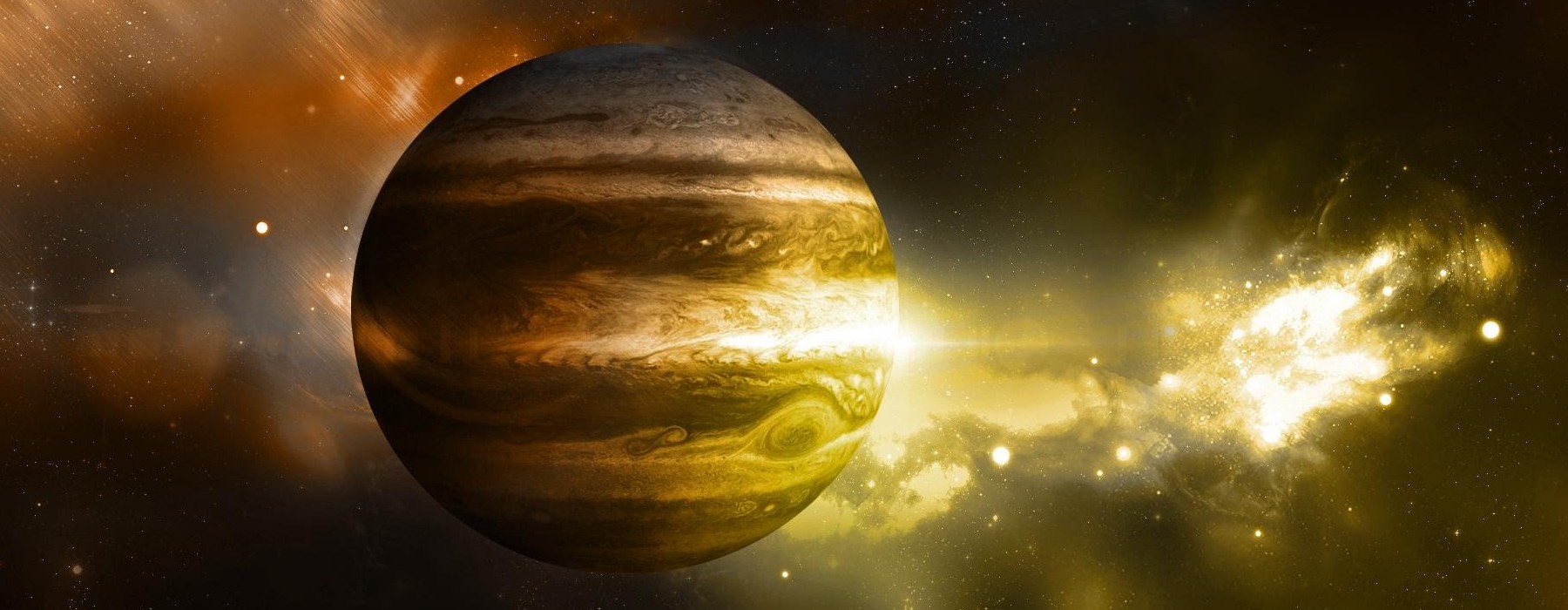Sorry but this isn’t an article about Train‘s 2001 smash hit.
After nearly five years of lonely space travel, NASA’s Juno spacecraft arrived at its final destination of Jupiter this week. As the plucky young spacecraft neared Jupiter, it managed to record the sound of our solar system’s largest, gassiest planet.
Technically speaking, the sounds are caused by supersonic solar winds hitting Jupiter’s magnetosphere (the magnetic field that surrounds a planet). This is called the bow shock. These solar winds are filled solar particles travelling at 400,000 kilometres per second. When these particles hit the magnetosphere, they’re forced to quickly slow down and in the process this creates the hauntingly celestial recordings above.
This isn’t the first time Jupiter has wowed scientists with it otherworldly beauty. About a month ago, the clever folks at NASA used the Hubble Space Telescope to capture video recordings of Jupiter’s auroras.
Earth has auroras too, of course. We’ve all heard of (or if we’re lucky, have seen) the Aurora Borealis or Aurora Australis. Like Earth’s auroras, the ones on Jupiter are made up of particles from the Sun colliding with gases in the planet’s atmosphere above the polar regions. Jupiter’s auroras are a little bit bigger than ours, however, coming in at approximately the same size as the entire Earth.
The Juno spacecraft successfully entered Jupiter’s orbit on July 4, making it the closest spacecraft to Jupiter ever. It will use its time in orbit to study the composition of the gas giant, and to hopefully determine whether the planet has a solid core. The aptly named Juno spacecraft (Roman mythology anyone?) will be taking snapshots of the planet throughout her visit, and you can stay up-to-date on her adventures by following her personal webpage.

